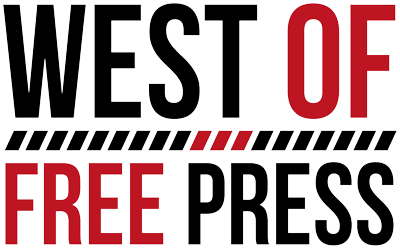There may be no parent who keeps a better eye on West Ashley’s middle schools than Tamara Avery.
Avery, a mother of three, has already moved her family once to make sure her then-kindergarten-aged son could get into Drayton Hall like all the kids he grew up with in daycare.
This spring, Avery became worried that she and her husband had moved into a neighborhood that was outside the district lines for C.E. Williams Middle School, which she hears is the best non-magnet public middle school on this side of town.
She found out that her kids were now zoned instead to someday attend the merged West Ashley and St. Andrews middle schools on the former campus of Middleton High on William Kennerty Drive.
Not thrilled that her kids could be headed to a school comprised of two struggling programs, Avery began keeping track of happenings there.
Earlier this year, the Charleston County School Board ramped up discussion for an extension to the local 1-cent special local option sales tax that has funded school building projects for more than the past 10 years.
The current 1-cent tax generates about $90 million a year and will end in 2016. The School Board wants to extend the time for another six years, which could net over a half-billion dollars.
The School Board has added a referendum to this November’s ballots to do just that. The money would go for a host of projects, some benefitting West Ashley schools directly.
Avery noticed that a big chunk of the money slated for West Ashley middle schools in draft versions of the referendum was to be put toward design plans to add two more grades to the magnet Ashley River Creative Arts Elementary to make it a K-8, much like Buist Academy is downtown.
She saw $3.4 million was to be spent on upgrading the Middleton campus, even though there were plans to later raze and replace it. And then she noticed it was gone.
Avery then called City of Charleston Mayor Joseph P. Riley Jr. about contacting all the School Board members to see what could be done to restore that funding.
And then, the district was able to tap into a different capital fund, according to the district’s chief operating officer, Bill Lewis, who oversees its massive construction programs.
Lewis, who will retire soon after 14 years with the school district, said “anyone who thinks West Ashley is getting treated like a red-headed stepchild doesn’t know the comprehensive history of what we’ve done here.”
Lewis said that when the first big sales-tax referendum passed in his first years on the job, West Ashley High School was built, becoming the first new, modern, up-to-date high school in the county.
In a later referendum, elementary schools West of the Ashley became the focus, as ground was broken for new St. Andrews School of Math and Science, Oakland, Community Montessori, Orange Grove, and Springfield elementaries.
This latest referendum would, if passed, fund the construction of a center for advanced studies at the high school, and construction of a new C.E. Williams on the high school’s campus, as well as drafting plans to expand Ashley River and for construction of a new middle school on the Middleton sometime in the future, and plans for a new elementary to slide into C.E. Williams’ old spot.
Michael Miller, a School Board member living in the Pierpont part of West Ashley, likes the referendum and the multi-phase construction plan Lewis will leave behind.
“It seems West of the Ashley will be the home of the fastest estimated growth in the county; Mount Pleasant had that distinction for the past few years,” said Miller. “This will address those issues of growth.”
But, Miller lamented, “developers can always build neighborhoods faster than we build schools.” Something “creative” will have to be done if the school district is to keep up with growth.
Lewis praised the “creative” sales tax as a model for building schools. He said that by doing it that way, the district creates no debt and will be out of all debt within 10 years, it allows outsiders to provide roughly 35-percent of collected amount, and allows for politicians an “easier sell” to the roughly 70 percent of county residents who don’t have kids in public K-12 schools.
“I’m glad the advanced studies center will be at the high school, and for all the other schools,” said Avery. “I just want to make sure West Ashley Middle doesn’t get left out.”
(843) 766-WEST (9378)
publisher@westof.net







